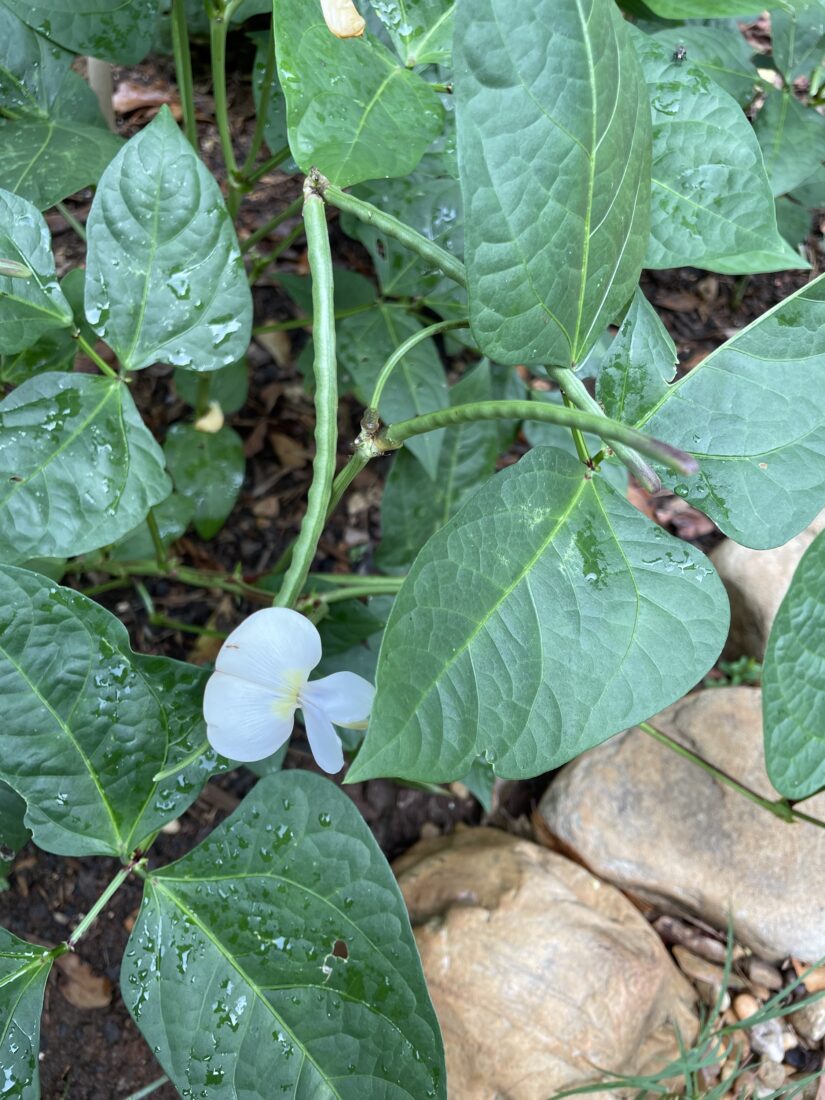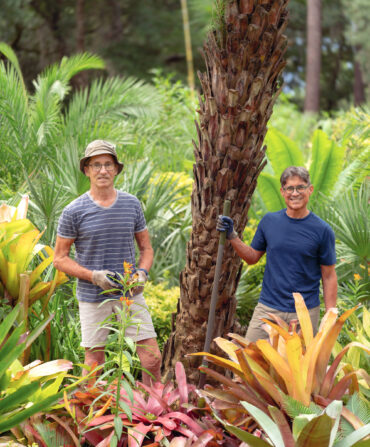It is a perilous thing to leave one’s garden in the hands of another—at the height of the growing season, no less—and yet this is what I did a few summers back. Skipping town for about six weeks in June and July, I arranged for one of my Atlanta neighbors to keep an eye on my backyard plot. Harvest whatever you want, I told him—take it all! But the message got lost: I returned home to oozing tomatoes, yellowing cucumbers, okra about as tender as a tree branch.

Only one thing had really thrived. Before leaving, I’d sown a handful of calico crowder peas into a bare patch of dirt; as a cover crop, I’d read, they feed the soil while keeping weeds down. I returned to find them vining all over the garden, their leaves concealing long, narrow pods filled with peas that were beautifully speckled—and spectacularly delicious. I’d thought I knew something about field peas, which I used to buy fresh at the farmers’ market when I lived in Savannah. I was familiar with their delicate flavor, their tender bite, their unsurpassed creaminess. Anyone who’s encountered a fresh pea after a lifetime of eating their canned cousins can attest: It’s like going from Kraft Singles to Camembert.
What I didn’t know is how easily they grow. Field peas are so tasty and nourishing that it feels like some special magic should be required to cultivate them, but they need very little—little water, little fertilizer, little attention. I’ve begun pressing them on friends with the avidity of the convert, the confidence of the gardener who, midway on their life’s journey, finds the true path: the one with papery legume shells crackling underfoot. And I’ve been surprised that even acquaintances with deep-green thumbs—who build elaborate grow-light palaces for starting seeds indoors, who cultivate ten different types of tomatoes—even many of these folks don’t keep Southern peas in their personal seed banks.
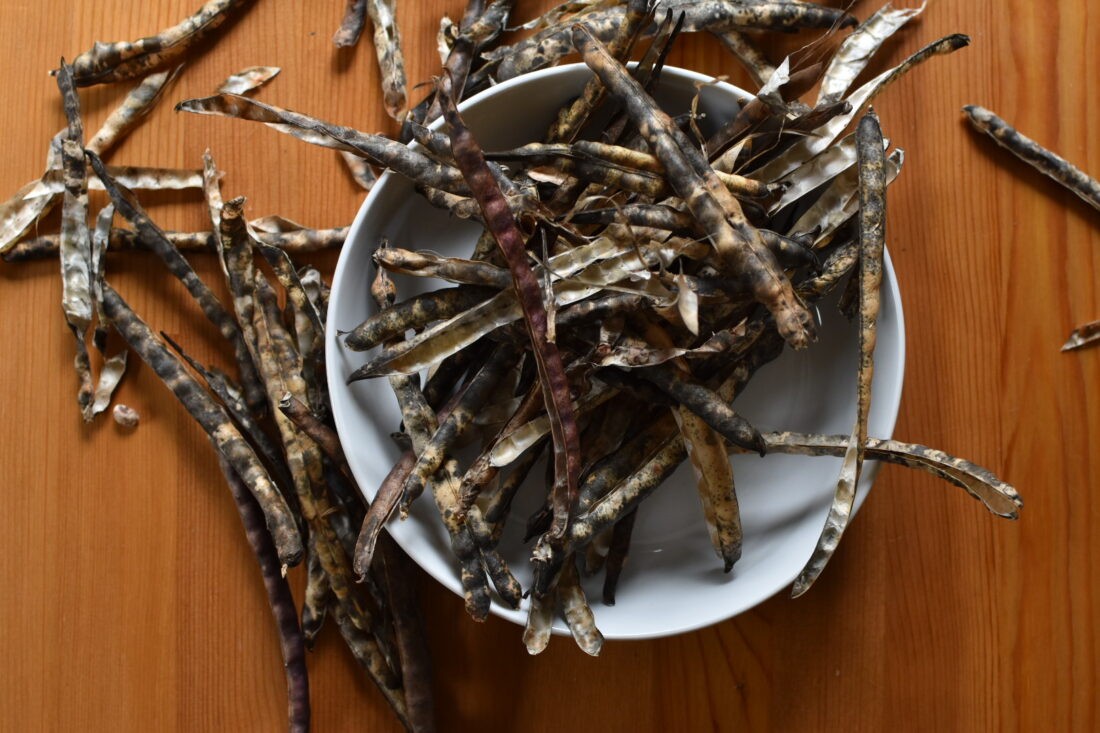
But it’s “worth tooting their horns,” says Ira Wallace, author of The Timber Press Guide to Vegetable Gardening in the Southeast, holder of the title “godmother of Southern seeds,” all-around gardening legend. “It’s one of the things for people who don’t have a lot of time for gardening. You get a big payoff for a little organization early on.” Wallace grew up in Tampa, where her grandmother, a former sharecropper, had “a big garden at the edge of town,” she says. It was warm enough down there that she could get several crops of field peas in over the course of a growing season. This is a plant that likes it hot.
Its affinity for warm weather is one reason that field peas are canonically Southern. The other is history. “I think of them as what sustained Southerners through some very hard times—especially Black people in sharecropping times, and probably during enslavement,” Wallace says. Like yams and okra, Vigna unguiculata is native to Africa, brought to this continent as part of the slave trade. It grew here in the gardens of the enslaved; white farmers didn’t initially have much use for it except as animal fodder—hence cowpea, one common name, along with field pea and southern pea. After the Civil War, George Washington Carver was an evangelist for the field pea as well as the peanut. He saw both legumes, which fix nitrogen in the soil, as tools in a bigger project: helping Black Southerners, many of them newly freed from slavery, feed their families while revitalizing land depleted by cotton. (Carver also had cooking suggestions.)
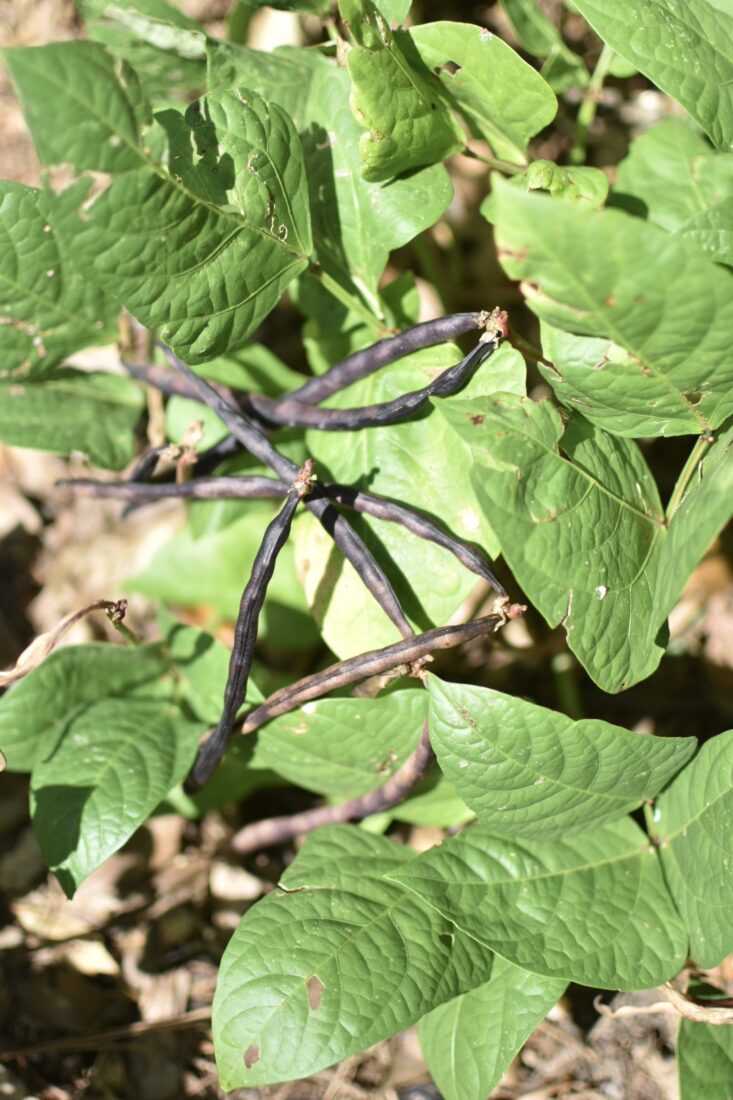
Today the black-eyed pea is the best-known member of this family, and the most famous preparation is hoppin’ john. But there’s a whole world out there—an embarrassment of leguminous riches. The Southern Exposure Seed Exchange, where Ira Wallace is a worker-owner, offers twenty varieties bearing evocative names: Big Red Ripper. Rouge et Noir. Whippoorwill. Hog Brain. (Hog Brain is an heirloom from Alabama; nobody knows what the deal with the name is.) Before we got off the phone, I asked Wallace if there was anything else worth knowing about this particular crop. Well, she replied—what’s your favorite pea? She’d told me hers: lady peas, which “cook up quick and melt in your mouth,” she said. “And they’re mild. You can add onions, and in the spring you can put things like fresh fennel in there, or chop up a little bit of sorrel to give it a different taste.”
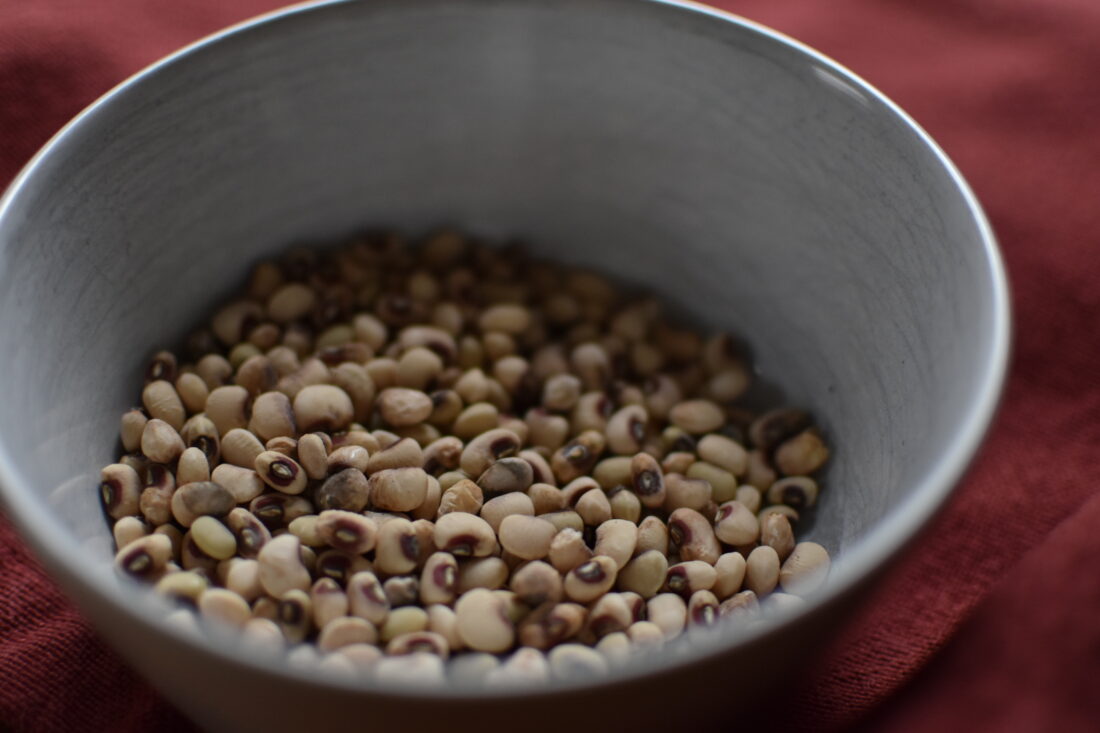
Lady peas are a cream pea, one of three types of field pea—the others being black-eyed peas and crowder peas. I mentioned that I grew crowders and pinkeyes, which are a type of black-eyed pea. If I wanted to add a crop, Wallace suggested, why not complete the trifecta with a lady pea? “Just get that other kind and you’ll have a well-rounded pea experience,” she said.
The Slacker’s Guide to Growing Field Peas
You don’t need to start them inside. Sow directly in the ground, preferably in well-drained soil and full sun. The main thing is to wait till you’re getting “hot days and at least warm nights,” Wallace says. “Generally speaking you might only want to plant them like four weeks after your last frost date.”
You don’t need to feed them much. An excess of nitrogen fertilizer will give you a plant that’s all leaf, no peas. They’re drought-tolerant and pest-resistant too.
You don’t need to harvest them right away. Pick them fresh if you want, but many varieties can be left to dry on the vine; this past year I kept some outside as late as January. Plus, when you can feel the beans rattling inside their pods, you’ll know that shelling will be a snap.
You don’t need to clean up after them. At the end of the season, simply snip the vine off at the ground level and leave the roots to decay in place; they’ll increase fertility and keep the soil loose.


